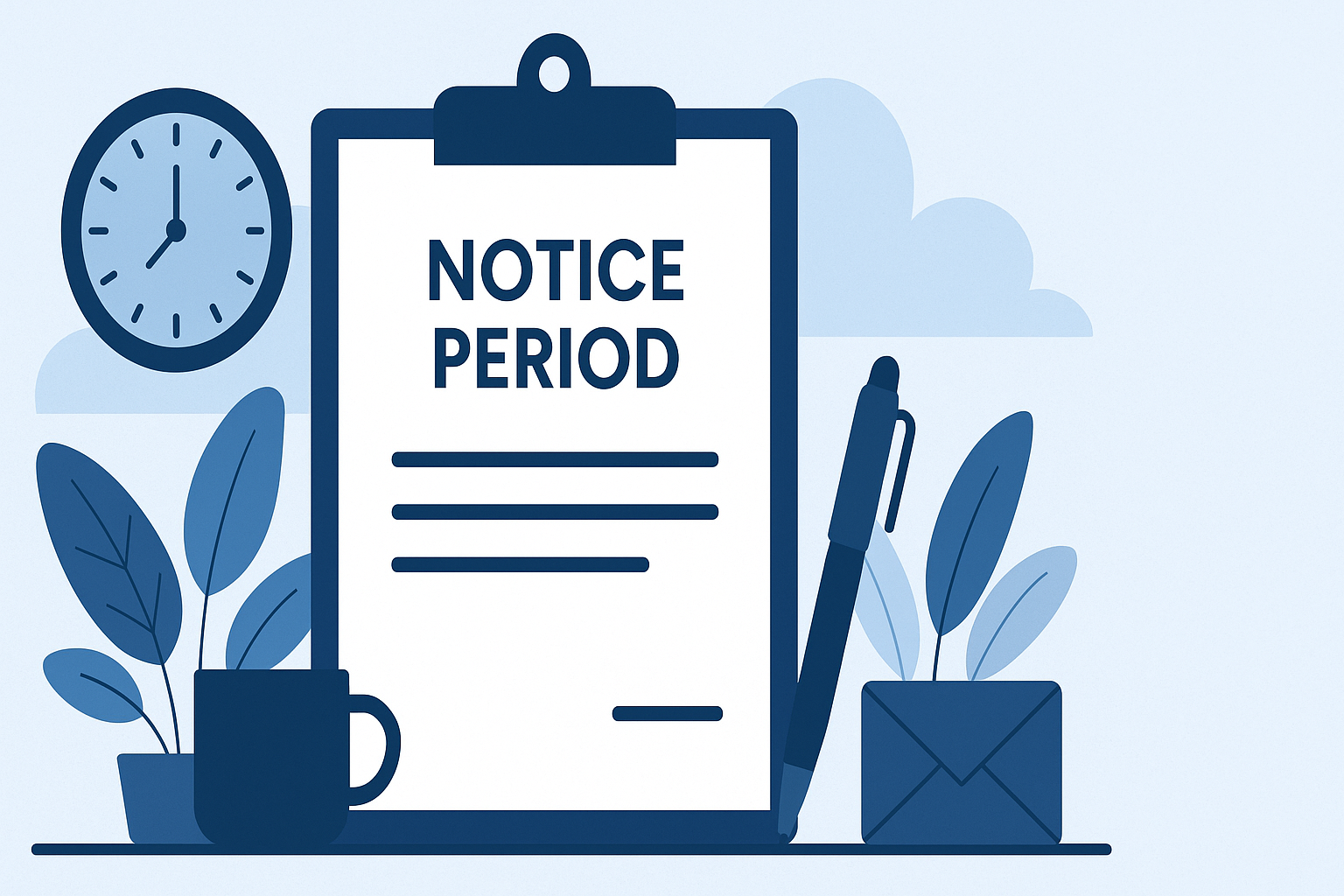While most businesses are constantly looking to overhaul, upgrade, and improve the way they do things, an area they commonly overlook is how they manage staff absence. This mainly down to the fact that a lot of companies don’t see any room for improvement in something as seemingly trivial as how their employees book their holiday, for instance.
Conversely, however, making the switch to a digital absence management system can result in significant benefits, including significant time savings and increased productivity. This post looks at how to begin the transition to an online leave management system.
Review your existing leave management system
The first step to changing your leave and absence management system is to take a detailed look at your current way of doing things. It’s a good idea to start with the two types of absence your business deals with the most: holidays and sick days.
For annual leave, things to consider include:
- How does an employee currently book annual leave?
- What are the steps involved and could any of them be removed?
- How many people does it take to approve a holiday request?
- How easy is it to track how much annual leave an employee has left?
- How easy is it to find out who’s going to be absent at any given time?
Similarly, what happens when a member of staff calls in sick?
- Who are they required to speak to?
- Who records sickness absence and where?
- What kind of information is recorded?
After reviewing your current processes for dealing with annual and sick leave, you can move onto other kinds of absence – especially if your company has encountered them recently.
After looking into your existing processes for handling absence, ask your HR personnel and employees about their experiences. Encourage them to be open and honest about any frustrations they may have with trying to book time off or when they have to take a sick day. Ask how you think feel things could be improved. This can be a quick and effective way of discovering any flaws and inefficiencies in your current system – each of which is an opportunity for improvement.
Identify the potential benefits of improving how you manage staff absence
Once you’ve reviewed your present methods of dealing with employee absence, you’ll have an idea of how you can improve them. Better still, it’s here that you’ll be able to identify all the potential benefits of making the move to a digital leave management.
If when reviewing your process for booking annual leave, for instance, you determine that the process has too many steps or goes through too many people, what would be the benefit of streamlining it some way? How much time could an automated system save everyone in the company – especially your HR department? If you discover that tracking an employee’s remaining annual leave is trickier than it should be, what are the benefits of making it easier? How much potential conflict could be prevented and how would that positively impact staff morale?
In short, how could changes to your leave management processes benefit your staff? And how could they benefit the company as a whole?
Once you systematically do that for every type of absence you deal with, you’ll start to get a clearer picture of just many advantages there are to transitioning to an online leave management tool.
Find an online leave management system that meets the needs of your company
After identifying improvements, you can make to your current system and the benefits of making those changes, look into different leave management tools to determine which will best suit your business. You should now be able to make a shortlist of the main things your company needs from an online leave management system, you can match them to the features and functionality of the different solutions on offer.
When you find a handful that look like a good fit, compare the features of each to see how they match up to the needs of your business. If you really want to get a feel for how each tool works, consider a brief trial, involving a handful of employees, to determine how much easier it makes things in practice and to measure how effective it is.
Then finally, when you’ve selected a suitable leave management system, inform all your employees of the coming transition and the new and improved way they’ll be doing things going forward. Fortunately, one of the advantages of digital absence management tools is how intuitive and user-friendly they are, so it’ll take very little time for your staff to get up and running and to reap the benefits of your new streamlined system.




